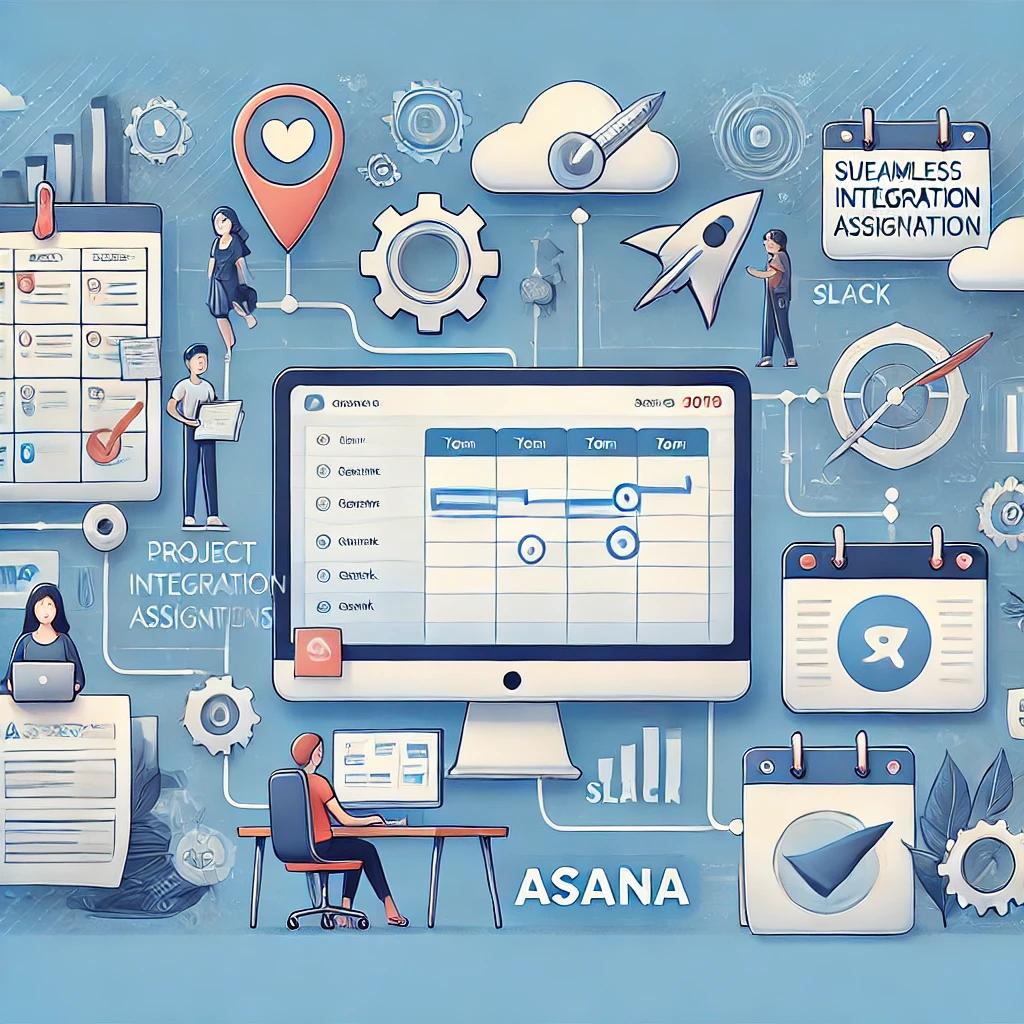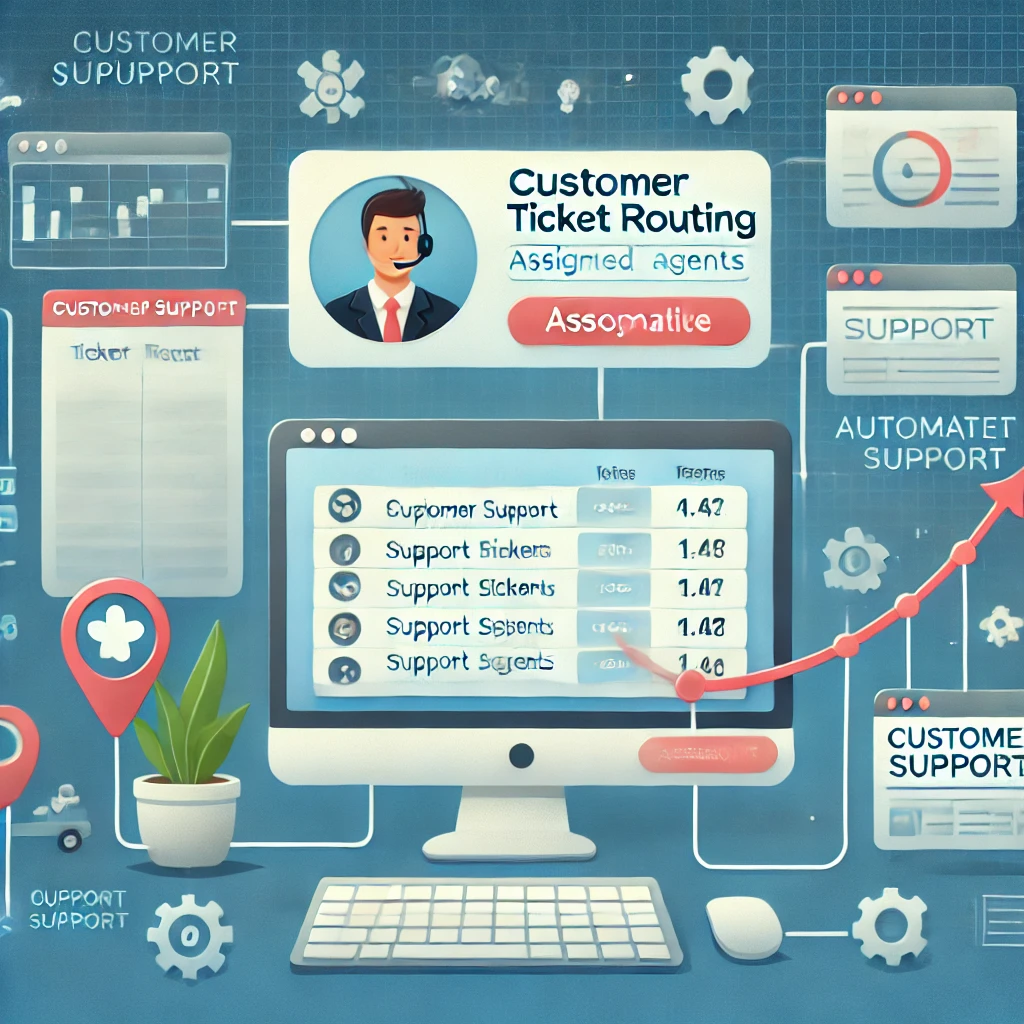In today’s fast-paced business environment, workflow automation is essential for organizations looking to streamline operations, reduce manual tasks, and boost productivity. Workflow automation using APIs has emerged as a top solution for connecting disparate systems and enhancing operational flow. Here, we dive into seven impactful workflow automation ideas using APIs that can transform the way your business operates.
Table of Contents
Automate Task Assignment for Project Management
One of the most effective ways to streamline project management is through automating task assignments. Integrating project management tools such as Asana, Trello, or Jira with communication platforms like Slack or Microsoft Teams via APIs allows for real-time updates and task delegation. With this automation in place, project managers can automatically assign tasks to team members based on their workload, skills, or department without manual intervention.
Imagine a scenario where a new project brief is uploaded into a project management tool. An API workflow triggers an automated assignment of tasks to relevant team members and sends notifications to ensure everyone is aligned. This automation saves time and minimizes the chances of oversight, leading to higher productivity and better project outcomes.

Streamline Customer Support with Automated Ticket Routing
Customer support teams often face high volumes of inquiries, making it challenging to manually sort and route tickets. Workflow automation using APIs can significantly enhance this process. By connecting your support software (e.g., Zendesk, Freshdesk) with customer relationship management (CRM) systems, you can automate ticket routing based on customer type, issue category, or priority level.
For example, when a customer submits a ticket categorized as “urgent,” an API can immediately route it to a senior support representative and notify them via email or chat. This automation not only improves response times but also boosts customer satisfaction by ensuring that critical issues are addressed swiftly.

Automate Marketing Campaign Launches
Launching marketing campaigns across multiple channels can be a time-consuming task if done manually. By leveraging workflow automation using APIs, marketers can schedule and launch campaigns simultaneously across email, social media, and web platforms. Platforms like HubSpot, Mailchimp, and social media schedulers can be integrated through APIs for seamless coordination.
An example of this in action is creating an API workflow that schedules social media posts at optimal times, sends marketing emails, and updates landing pages—all in sync. This approach ensures consistent messaging and allows marketing teams to focus on strategy and creative content rather than repetitive manual tasks.

Simplify Invoice Processing and Payments
Finance teams often grapple with manual invoice processing, which can be labor-intensive and prone to errors. Workflow automation using APIs can simplify this process by integrating accounting software with payment gateways and invoice management systems. For instance, linking QuickBooks with PayPal or Stripe through an API can automate the creation, sending, and payment of invoices.
When an invoice is generated, an API workflow can send a notification to the client, initiate payment collection, and update the status in the accounting software once payment is received. This automation not only streamlines cash flow management but also minimizes administrative workload.

Optimize HR Processes with API-Driven Automation
HR departments manage a multitude of tasks, from onboarding new hires to updating employee records. Automating these workflows with APIs can transform HR operations. For instance, integrating an applicant tracking system (ATS) with communication tools and employee databases can automate notifications, data entry, and follow-up processes.
When a new hire is onboarded, an API workflow can automatically create an employee profile in the HR system, schedule orientation sessions, and send welcome emails. By automating these repetitive tasks, HR teams can focus more on talent acquisition and employee engagement, fostering a better workplace environment.

Enhance Data Synchronization Across Platforms
Data synchronization is crucial for maintaining consistency across business tools and platforms. APIs enable seamless integration between databases, CRMs, and other business applications, ensuring that information is always up-to-date. For example, syncing data between Salesforce and a marketing automation tool like Marketo through an API can ensure that lead information and customer interactions are consistent across platforms.
This automation is particularly beneficial for sales and marketing teams, allowing them to have a unified view of customer data. When a new lead enters the CRM, an API workflow can update the marketing platform in real-time, triggering personalized marketing campaigns based on the latest data.

Automate Inventory Management for E-commerce
E-commerce businesses rely heavily on efficient inventory management to avoid stockouts and overselling. Workflow automation using APIs can link e-commerce platforms (such as Shopify, Magento) with warehouse management systems, ensuring that inventory levels are updated automatically as orders are processed. This helps businesses maintain accurate stock counts and reduce manual errors.
An example of this type of automation is when an API detects an order placed on an e-commerce site, it automatically updates the inventory count, generates a packing slip, and notifies the warehouse team for fulfillment. By integrating these systems, businesses can optimize their supply chain and provide customers with timely and accurate order updates.

Connect and Integrate Workflows for Unmatched Efficiency
The power of workflow automation using APIs lies in the ability to connect various tools and systems. From simplifying HR processes to enhancing data synchronization, API-driven automation provides a bridge between siloed software, resulting in smoother and more efficient operations. The examples above highlight how automating key workflows can save time, reduce errors, and free up resources for more strategic tasks.
Notes
For businesses looking to elevate their operational efficiency, adopting workflow automation using APIs is a step toward more streamlined and effective work processes. Whether you’re a small business owner or part of a large enterprise, these automation ideas can be tailored to meet your specific needs and transform how work gets done in your organization.
For businesses seeking comprehensive solutions beyond workflow automation, billing processes also play a crucial role in operational efficiency. The integration of APIs in billing automation brings significant benefits, enhancing accuracy, reducing manual work, and improving cash flow management. To learn more about how API integration can revolutionize your billing systems and the key advantages it offers, check out our related post, “Billing Automation: 4 Proven Benefits of API Integration for Your Business”. You can find the link here.

